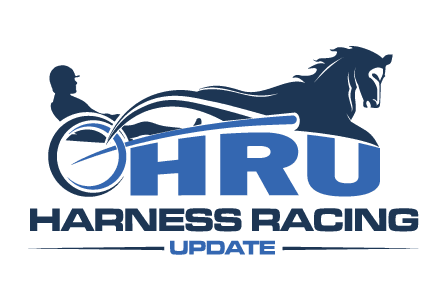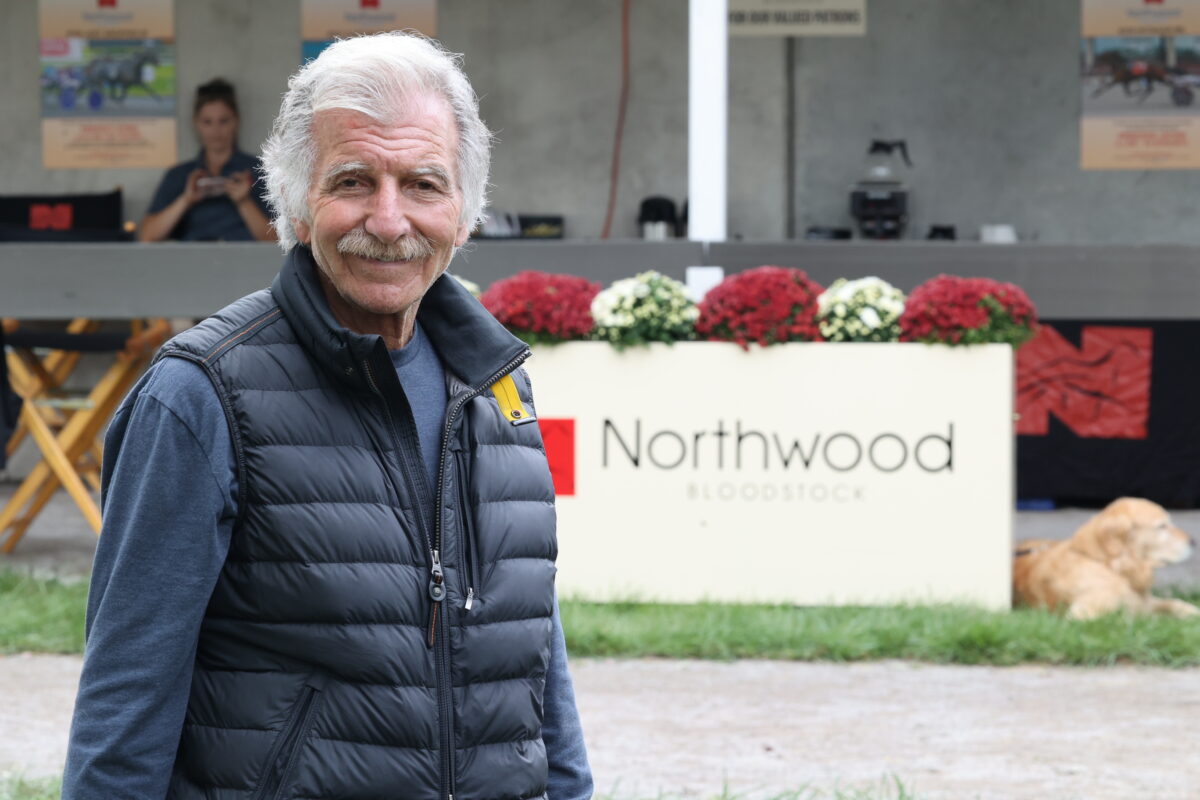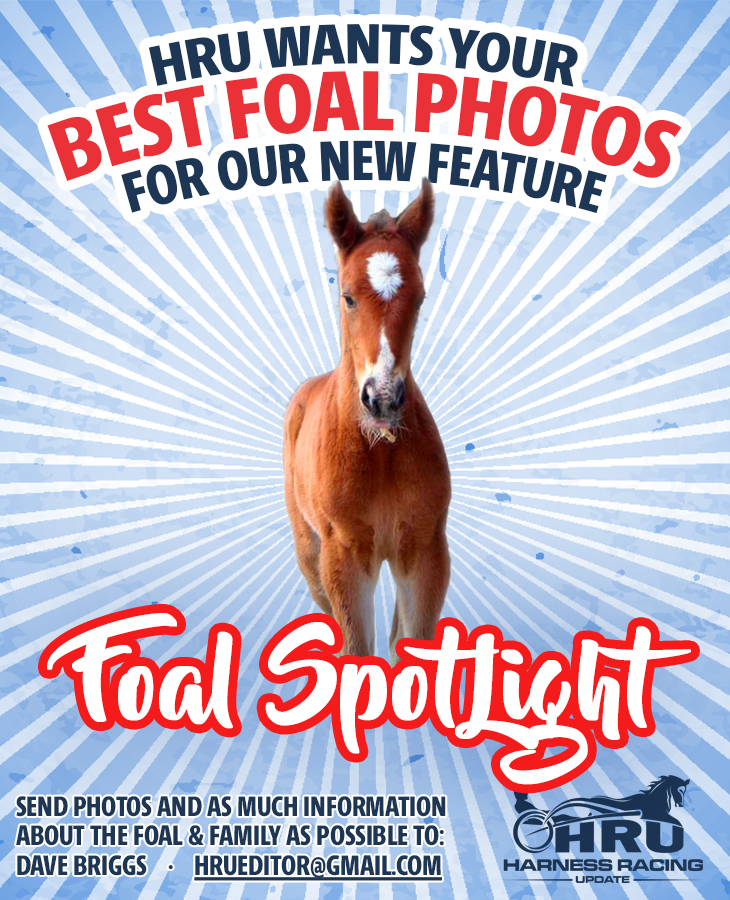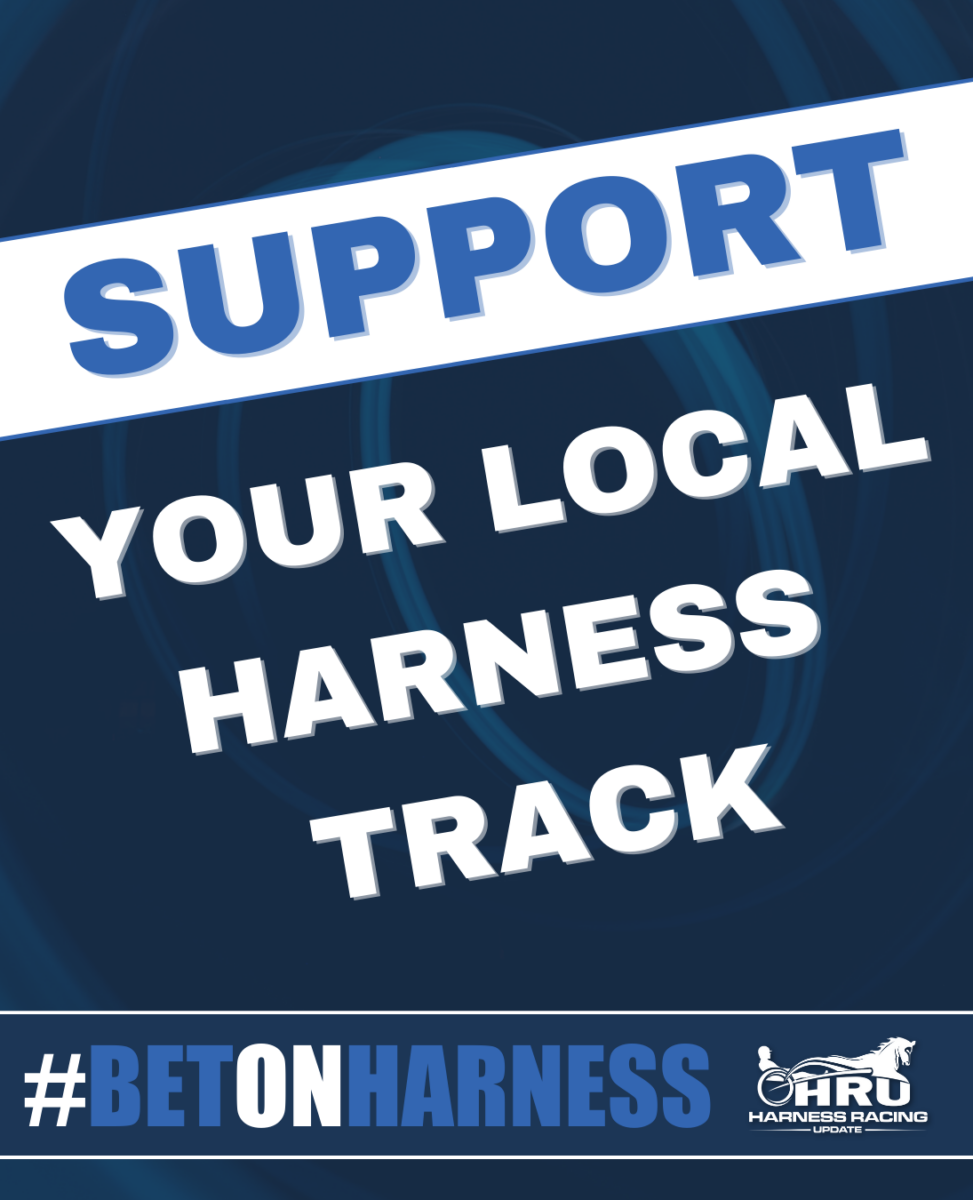Bob Boni knows how to pick ’em, Part 1
by Murray Brown
It was Goshen week of 1970. I was visiting Pine Hollow Stud Farm in nearby Pine Bush, NY. Mort Finder had just begun the enterprise. As was to be his custom, the farm was showing some of the yearlings that would be featured in their consignment to Harrisburg that November. I recall thinking, who features yearlings the first week of July? They were bound to be immature and under developed compared to how they would look five months hence. Hell, none of them are even a year old yet. Well, Mort Finder did and the person showing and who had prepped them was a scrawny New York City born and raised young man named Bob Boni. I was impressed by the condition and the amazing presence of these yearlings.
That was my first introduction to Boni. Looking back, I doubt that there is a single person involved in all of harness racing in America that I’ve known longer.
This story has had many starts and mostly stops to it. I’ve wanted to do it almost from the start of this column. My problem was in determining how to do it, since Boni has worn so many hats in the business. What do I write about? Is he a breeder, an owner, a farm manager, a racing manager a sales representative? He has been involved in those, and likely several other areas of our sport. ‘How do I write about them all?’ I asked myself. I came to the conclusion that I was unable to. Instead, I just procrastinated and did nothing. Now, with the imminent induction of Boni to the sport’s Living Hall of Fame next week, I decided it had to be now or probably never.
The reason this column is appearing on Friday, rather than its usual Sunday spot is my editor has opted to split it into two parts, with Part 2 coming on Sunday.
Instead of writing about Boni’s entire life, one well lived — a project for a younger and more capable person, Charlie Leerhsen or Dean Hoffman — I decided to focus on a part, a very important segment, of his story. I doubt that there have been too many individuals in our sport, absent some trainers, who have been involved with the management and selection of so many great and influential horses. This was the area on which I decided to focus.
Chronologically, here are Boni’s thoughts on a select few:
Green Speed ($953,013) Foal of 1973 (Speedy Rodney—Peridot—Hickory Pride)
“He was as nice a yearling as I had ever seen or had anything to do with, certainly to that point in time. He was bred and owned by Lloyd S. Lloyds a patron of the W R Haughton Stable. I’m not certain that Mr. Lloyds had ever even seen him until he began training. Mr. Lloyds had made the decision to sell him at Harrisburg as a yearling. I suspect that he didn’t initially want to train him because his late wife Margaret was the first exponent of the theory of the first foal often being the best foal that a mare will have. Green Speed was Peridot’s second foal. Her first foal was named Peridot’s Pride. He was a talented stakes winner, but physically he was as different than Green Speed as day was from night. Peridot’s Pride was a big, plainish, kind of coarse colt. Green Speed was more refined, and racy looking, to my eye, a much nicer individual.
“Billy Haughton had come to the farm to look at our yearlings as he always did. He looked at Green Speed as well. He loved him as I was certain he would. He loved him even more after he was turned out in the paddock. He called Lloyds from my desk and told him that he really liked the colt. Did he really want to sell him? Lloyds said ‘Yes.’ Billy then asked him if it would be okay if he tried to buy him for another owner. Lloyds said that was fine. Apparently, sometime between then and the Thursday before Harrisburg he had a change of heart. After our trucks had loaded and were on their way to Harrisburg, I received a phone call from Lloyds. He had decided to keep the colt and have Billy train him. I told him the colt was already on his way to Harrisburg. Of course, he was then withdrawn from the sale. The rest, of course is history. He raced alright until the later part of the racing season at 2, but nothing to indicate what he was going to become, until he won the Hanover Colt Stake at Liberty Bell in 2:01f which then was the world record for a 2-year-old trotter. From that point forward he was a force to be reckoned with. He, of course went on to win the 1976 Hambletonian at DuQuoin and was voted Horse of the Year.”
Escape Artist ($85,194) Foal of 1976 (Meadow Skipper—Noreen Napoleon—Bret Hanover)
“There are likely many today who won’t even recognize the name. But this colt gave me, to that time, what was likely my greatest thrill ever in the sport. As was mentioned above, the Fourth of July weekend is often not the best time to display a yearling that will be sold in November. Escape Artist was most definitely such a colt. In July he was a big, gangly immature colt. I suggested to Mr. Finder that we might not want to showcase him during Goshen. But Finder insisted. Noreen Napoleon, his dam might have been Finder’s favorite mare ever. We showed him, but I doubt that he turned many heads then. As time went on, what had been a figurative ugly duckling grew into the most beautiful swan. He became a truly exceptional individual. I knew he would top our consignment. But I didn’t know how well he would do. He brought $260,000, the highest price for a yearling ever. I still have the tape of Tom Caldwell selling him. It took him 6½ minutes to sell and I was smiling for each second of the time. Words cannot express how pleased and proud I was.”
Cam Fella ($2,041,367) Foal of 1979 (Most Happy Fella—Nan Cam—Bret Hanover)
“I didn’t have anything to do with either breeding or racing this truly great horse and sire. He was standing stud at what then was Jef’s Standardbred Country Club. We did a partnership deal where we bought the farm and its equine assets from Ed Friedberg. The biggest asset of those were the 10 breeding rights we were to receive for standing Cam Fella. The new venture was called Dreamaire Stud. It was to be managed by Leo McNamara. With the termination of the Dreamaire partnerships, Cam Fella moved to Stonegate Farms where he lived out the rest of his life.”
In Part 2, Boni will share his insight on the great Nihilator, among others.

















